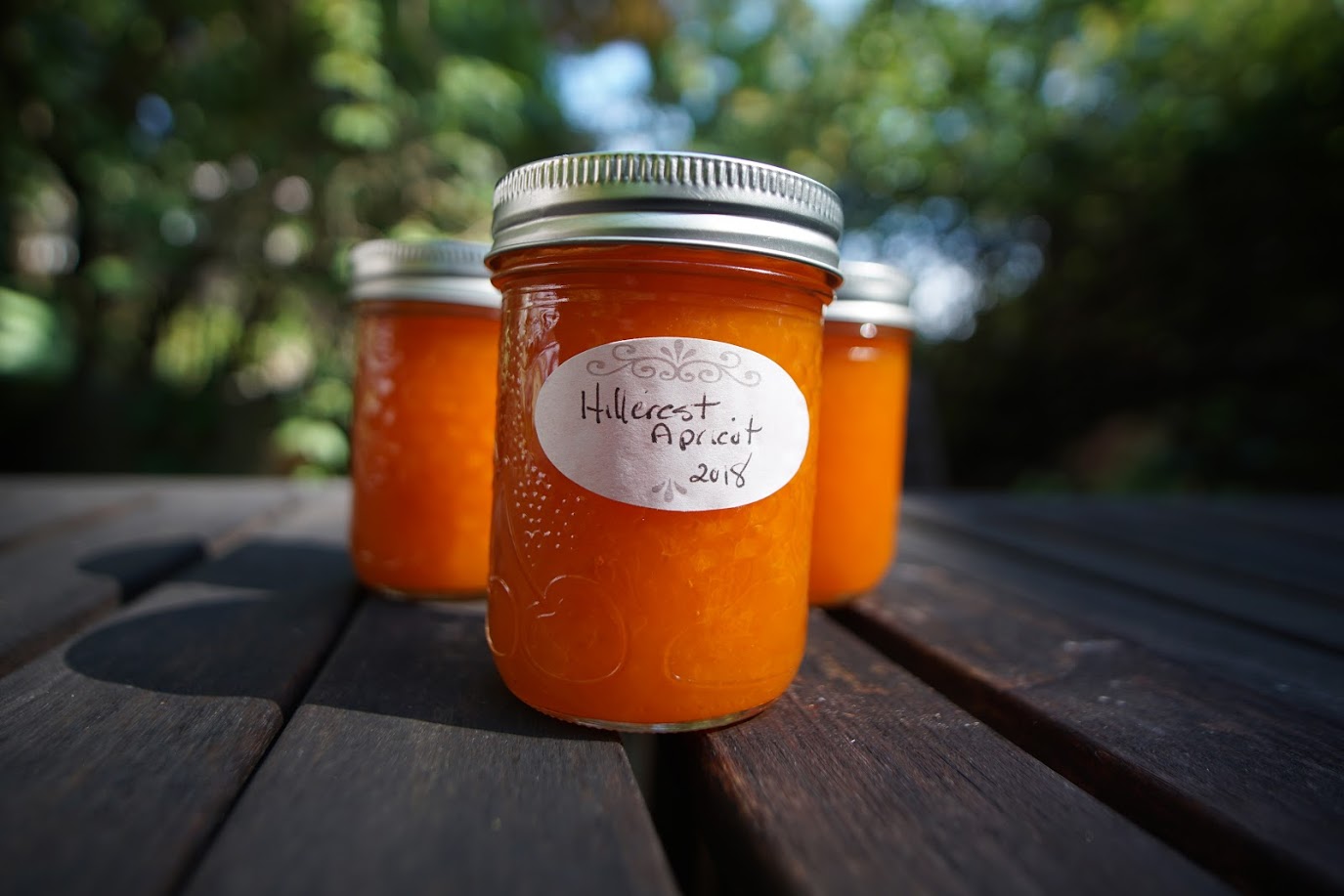
A student in my PR writing class described a hypothetical food festival his group had created for an end-of-semester project. It will showcase food that’s super-hyper-local, he said. As we unpacked the meanings of local, hyper and super, I thought about how many of us feel a bit virtuous in our grocery shopping and restaurant choices by the label “local”. But do we really know what that means?
The definition of local has changed, just as we’ve become more mindful of how close to the farm our fork is. You might think the circle is tightening. In fact, it’s gone the other way.
The Canadian government used to define local as food grown within 50 kilometres from where it’s sold. In 2013, six years after the release of Alisa Smith and J.B. MacKinnon’s The 100-mile Diet, seven after Michael Pollan’s The Omnivore’s Dilemma hit book stores, just as we became more mindful of our food’s carbon footprint, the government expanded the definition.
Today, local means food produced in the same province or territory or 50 kilometres from the border. So strawberries grown outside Thunder Bay could be labelled local in Windsor 800 kilometres away.
To the gleaners who volunteer to pick unwanted city fruit, a municipal border makes produce local. In The Fruitful City, I describe fruit grown in sight of your kitchen window as hyper-local. To add the super part of my student’s equation, I’m looking at produce grown from a single plant (in my case a tree) that I can identify for anyone enjoying the bounty.
My kitchen productions are no longer labelled by the contents, but also by the place they were picked. So when we add a spread of jam to breakfast, we’ll know it’s Hillcrest Village apricot and Junction Triangle grape served on Humber College serviceberry scones.
On #FoodDayCanada, define your own terms. How far will you go for local?
